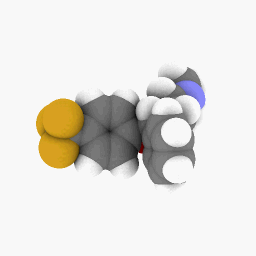People think differently!
Maria Kang posted the picture above with the title “What’s your excuse?” on her facebook page. She also has a blog and eponymous website : http://www.mariakang.com/ .
I found the picture inspiring. Here was a new mom that was being her best. She was taking care of her kids and herself too (great abs after having 3 kids). I took the picture as a challenge to do your best in health and life.
But there was a (huge) segment of people who were offended and outraged. They felt that they were being shamed for being fat. Or lazy. Or unhealthy. Or ugly. Or something else. In return they began to attack Maria for spending time training. Or being a bad mother for spending time away from her kids. Or being too health conscious. Or being Asian. Or something else.
The reason people got mad at her is rooted one one fatal flaw in their thinking. They were comparing themselves to her and finding they were not measuring up. That offended them. But Maria was not challenging them to measure up to HER. She was challenging them to improve their OWN lives.
How can you improve your life? Be bold and think big.
What’s your excuse?



